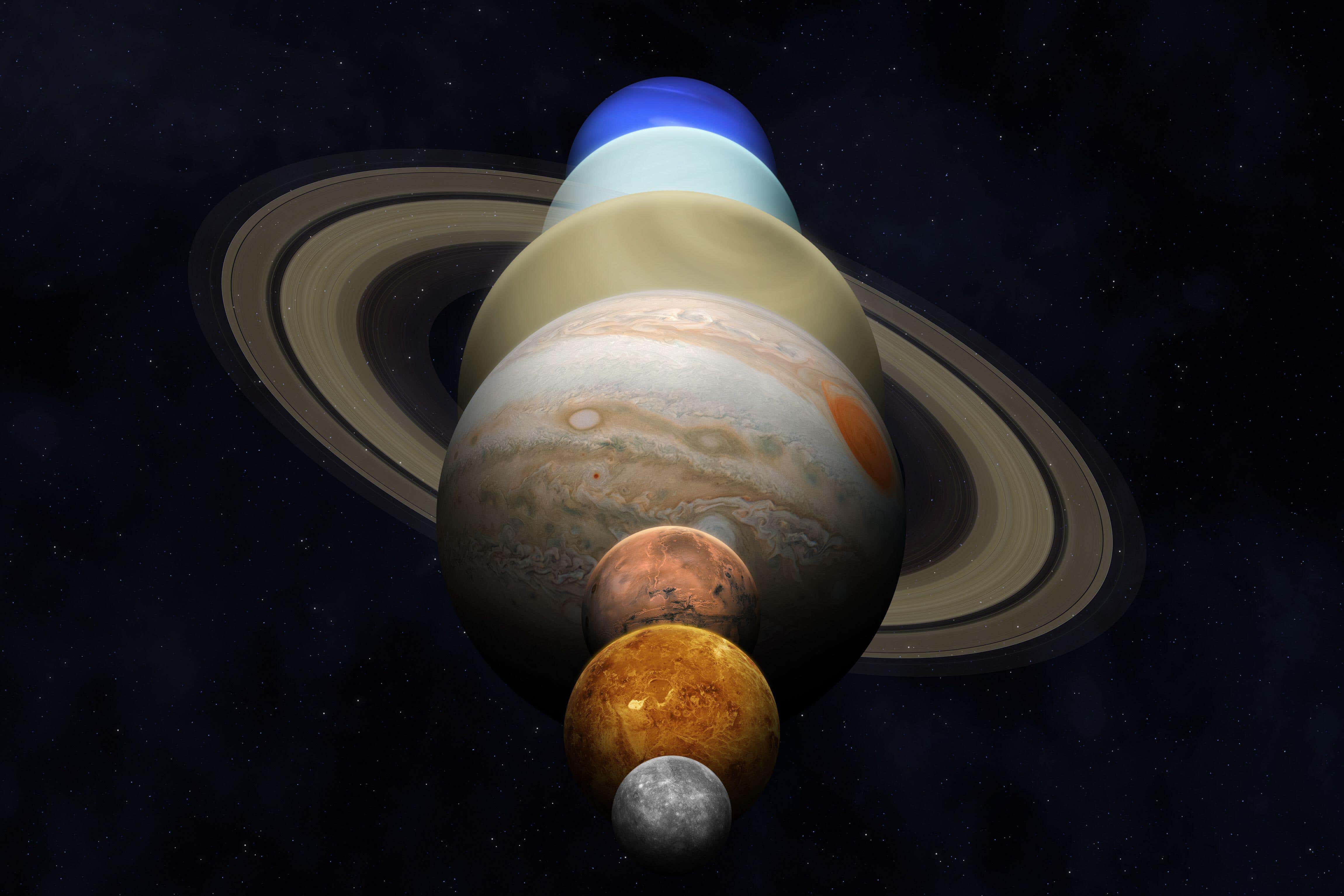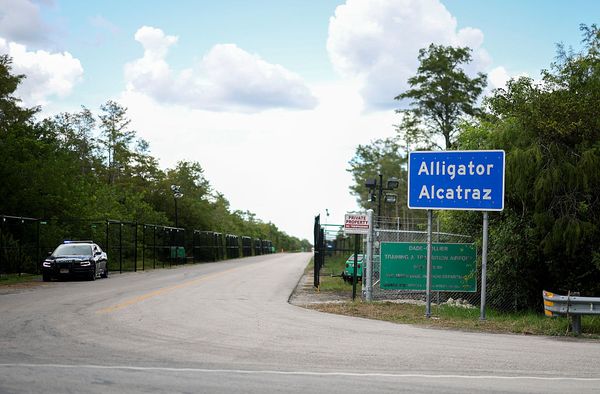
Astronomers have been left puzzled by the discovery of an unusually large planet orbiting a remarkably small star, a cosmic pairing that defies existing theories of planetary formation.
The star, named TOI-6894, is located approximately 240 light-years from Earth in the constellation Leo. It is only about one-fifth the mass of our sun. According to current models, stars of this size should typically host smaller planets, similar to Earth or Mars. However, the planet found orbiting TOI-6894 is as large as Saturn, the second-largest planet in our solar system.
This discovery marks the smallest-known star to host such a large planet, being about 40% smaller than the previous record holders. The mismatch challenges our understanding of how planets form around stars.
"The question of how such a small star can host such a large planet is one that this discovery raises - and we are yet to answer," said astronomer Edward Bryant of the University of Warwick in England, lead author of the study published on Wednesday in the journal Nature Astronomy.
Planets beyond our solar system are called exoplanets. The one orbiting TOI-6894 is a gas giant, like Saturn and Jupiter in our solar system, rather than a rocky planet like Earth.

The birth of a planetary system begins with a large cloud of gas and dust - called a molecular cloud - that collapses under its own gravity to form a central star. Leftover material spinning around the star in what is called a protoplanetary disk forms planets. Smaller clouds yield smaller stars, and smaller disks contain less material to form planets.
"In small clouds of dust and gas, it's hard to build a giant planet," said exoplanet scientist and study co-author Vincent Van Eylen of University College London's Mullard Space Science Laboratory.
"This is because to build a giant planet, you need to quickly build a large planet core and then quickly accrete (accumulate) a lot of gas on top of that core. But there's only so much time to do it before the star starts shining and the disk rapidly disappears. In small stars, we think there's simply not enough mass available to build a giant planet quickly enough before the disk disappears," Van Eylen added.
No known planet is larger than its host star, and that is the case here as well, though the two are much closer in size than usual. While the sun's diameter is 10 times larger than our solar system's largest planet Jupiter, TOI-6894's diameter is just 2.5 times greater than its only known planet.
The star is a red dwarf, the smallest type of regular star and the most common kind found in the Milky Way galaxy.
"Given these stars are very common, there may be many more giant planets in the galaxy than we thought," Bryant said.
The star is about 21% the mass of the sun and much dimmer. In fact, the sun is about 250 times more luminous than TOI-6894.
"These findings suggest that even the smallest stars in the universe can in some cases form very large planets. That forces us to rethink some of our planet formation models," Van Eylen said.
The planet is located about 40 times closer to its star than Earth is to the sun, completing an orbit in approximately three days. Its proximity to the star means the planet's surface is quite hot, though not as hot as gas giants called "hot Jupiters" detected orbiting similarly close to bigger stars.
Its diameter is slightly larger than Saturn and a bit smaller than Jupiter, though it is less dense than them. Its mass is 56% that of Saturn and 17% that of Jupiter.
The main data used in studying the planet came from NASA's orbiting Transiting Exoplanet Survey Satellite, or TESS, and the European Southern Observatory's Chile-based Very Large Telescope, or VLT.
The researchers hope to better understand the planet's composition with observations planned over the next year using the James Webb Space Telescope.
"We expect it to have a massive core surrounded by a gaseous envelope made up of predominantly hydrogen and helium gas," Bryant said.
Universe may have started inside black hole, not from Big Bang
New research challenges everything we know about the Big Bang
Scientists solve solar system mystery after freak accident at planetarium show
The Milky Way was on a collision course with a neighboring galaxy. Not anymore
The sun is causing Elon Musk’s Starlink satellites to drop from space
Bright green meteor zooms past Sydney as auroras dazzle across Australia







